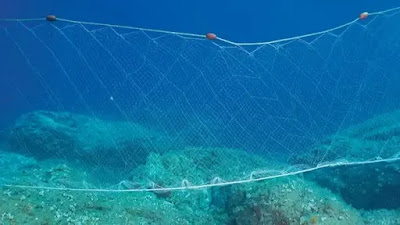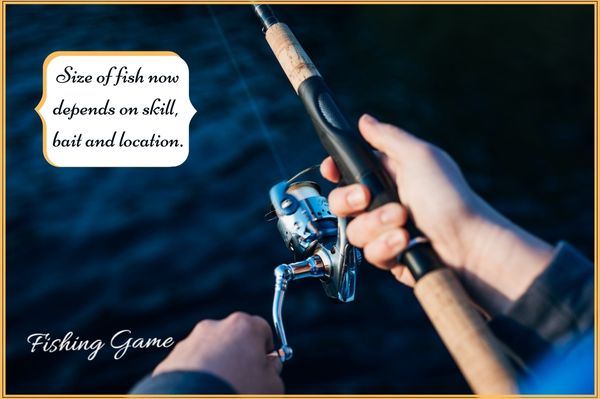The Complete Guide to Gill Nets for Fishing & How They are an Essential Tool in Fishermen's Gear
What is a Gill Net and How Does it Work?
Gill nets are fishing nets that have horizontal lines with a mesh size of around one inch. These nets are usually strung together in long lengths. Gillnets are usually deployed near the surface of the water and they can be used to catch pelagic fish such as tuna, salmon, and mackerel. They can also be used to catch groundfish such as cod and flounder.
Industrial fishing is often done with gill nets, which is one of the most common methods for catching fish commercially. These nets are not selective, so it is hard to make sure that we will not accidentally kill other species when trying to catch what we want.
In many areas where people rely on fishing for their livelihoods or food security, this lack of selectivity means that some people will lose their jobs because of the decline in fish populations. These nets are not selective, so it is hard to make sure that we will not accidentally kill other species when trying to catch what we want.
How to Build a Gill Net and Where to Find Gill Net Supplies
Gill nets are an effective way to catch fish because a fish cannot escape through the mesh. Gill nets can be made from many different materials and in a variety of shapes and sizes, depending on the type of fish that is being caught.
Materials:
Netting: Used to make the mesh of the net. You will want to use thicker netting for stronger nets, while thinner netting will be easier to work with but not as strong.
Rings: Used to attach the netting together - you can use wire or twine for this.
Rope: Used for tying ends of the net together - you can also use twine or wire for this if you have thin enough material.
Tools: A needle or large safety pin is used to attach the netting together.
The Lifecycle of a Gill Net and the Different Ways It Can be Fished
Gill nets are fishing nets that usually run parallel to the seabed. They are typically approximately one meter deep, with a mesh size small enough to catch fish but large enough not to catch anything other than fish.
A gill net is composed of a “cord” and a “lead line”. The lead line is attached at both ends of the cord and can be submerged in water or raised out of the water, depending on the fishing method being used. Safeguards such as knots or weights can be installed in the net for added security against accidental release.
The cord is made of a number of strands, each with a larger and a smaller hole. The larger holes are on the bottom and the smaller holes are lined up on top. This pattern allows water to flow into the net while fish swim near the top.
Fish swim into these leading lines, and their gills become caught in the small openings in between strands. The gill net is held in place by a line at one end and a buoy at the other. The buoy helps keep the net from going underwater. A “clam” can be attached to the top of the buoy for added security if needed.
In a clam, a piece of lead weight is secured to an anchor so that it will float at a depth of about one and a half meters. The lead weight is attached to the line the net is held by and can be raised by means of a kedge anchor.
Different Types of Fish Nets Used in Fisheries Today and When the Best Time is to Use Them
Different types of nets are used in order to catch different types of fish at different depths.
There are many types of nets that can be used in fishing operations. These nets have their own specific characteristics and can be classified into a few main groups: surface, bottom, gill net and purse seine net. Surface fishing is the most common type of fishing today.
This type of fishing is labour-intensive but is also the best way to selectively catch specific species such as lobster and shrimp. Bottom fishing is usually done at night or in areas where there are steep sea beds as this will give a better chance to find larger fish like cod, haddock and other flatfish species which spend most of their time on the bottom at night hiding from predators.
Gill nets are ideal for catching demersal species such as lobsters, crabs and shrimp. These nets have a single, fixed entrance on the bottom that is connected to multiple exits on the surface. The larger the net, the more fish it can catch; smaller nets are used for catching fin fish and marine mammals such as dolphins or whales. The gill net is a circular bag with entrances at both ends which are
The Benefits of Using Gill Nets as a Fisherman
Gill nets have been an integral part of the fishing industry for centuries. The benefits of using gill nets are immense.
Gill nets have been an integral part of the fishing industry for centuries. The benefits of using gill nets are immense, these include but are not limited to, being faster and cheaper to set up, less expensive to use, and more secure from predators when in use.
This is why I recommend that all fishermen should switch over to Gill Nets as soon as possible.










.png)














0 Comments